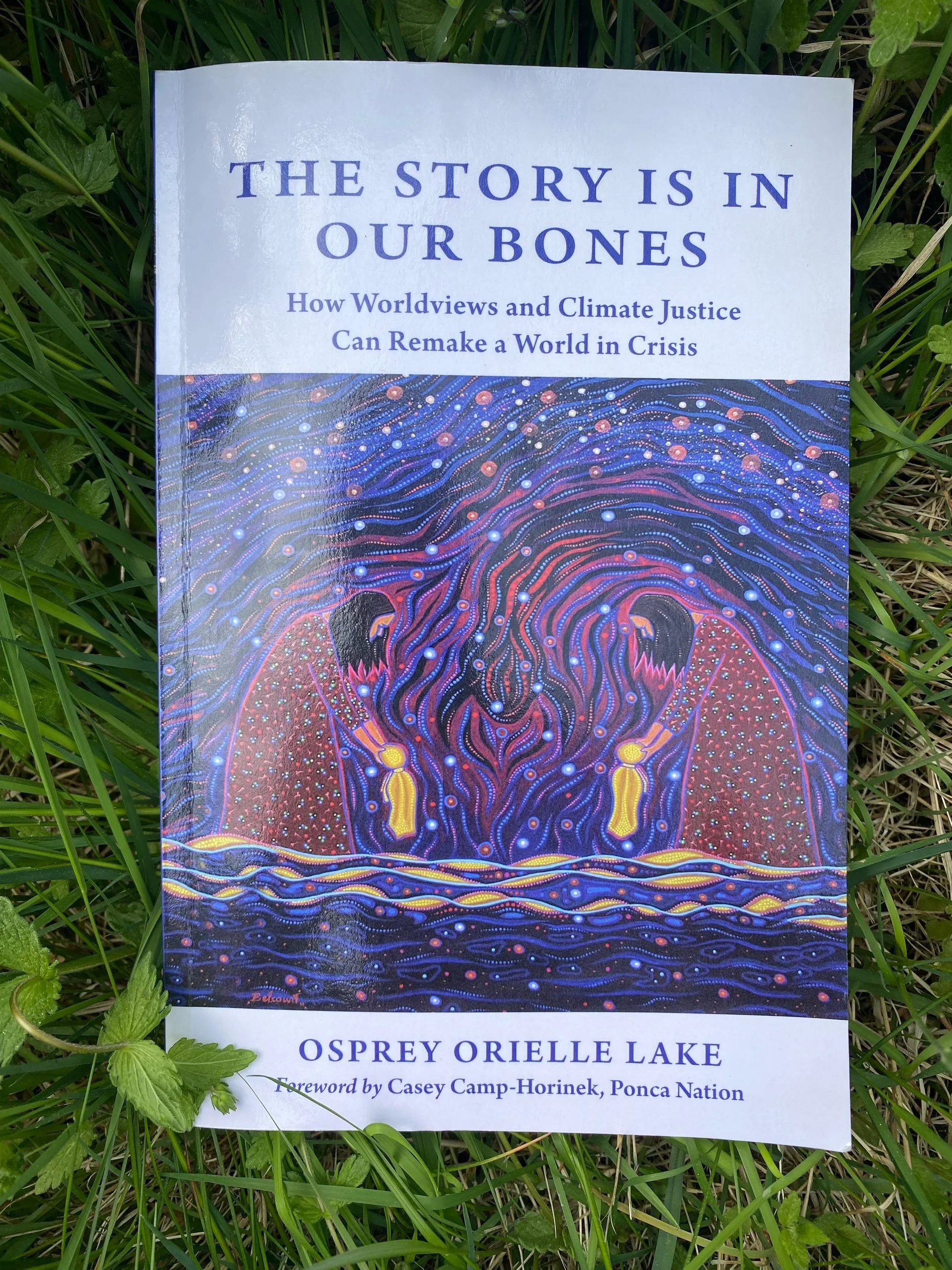I have been so incredibly fortunate this week that I got to know and become friends with a group of strong indigenous women , coming to Norway to tell us about the fight for clean drinking water at Standing Rock, North Dakota, US.
The delegation has been here this entire week, and told their story to a live audience twice, in addition to the news station NRK, on the radio, in the newspapers, to politicians and most importantly to the Ethical Council, who are the ones that advices the Oil Fund where to put their money. The delegation also had a meeting with DNB, the last Norwegian bank to withdraw from the project. This happened the day after the delegation came here. A coincident? I think not.
All the Norwegian banks are now out, but the Norwegian Oilfund is still invested with 6,7 billion NOK in the project. This is a substantial amount of money, and the withdrawal of these would create waves to other banks and funds financing the project. With the current administration in US, the hope relies heavily on European banks.
The testimonials I have heard this week is just gruesome. I followed the fight against the Dakota Access Pipeline (DAPL) at the end of last year, and was one of the more than a million supporters who checked in on Facebook to show that my location was also at Standing Rock, as police was using Facebook sign ins as a way to see who was there, in order to arrest people. It is one thing to read about these atrocities towards humanity in the news. It is a complete different story to have that same living breathing person telling you about how their sacred places were intentionally destroyed, how they were jailed and treated in the most inhumane ways, how the police officers abused their power in the worst ways - all because a group of strong people are standing up for the right to clean drinking water.
The status quo on the 1,172 mile pipeline is that there is currently oil in the pipeline. This isn't only going to affect the indigenous communities, it is going to affect everyone who gets their drinking water from the river it is crossing (see illustration below) This goes for the local police officers arresting the Water protectors, as well as the indigenous.
If it was only one message that was left with people who got to hear the stories of the women fighting for Standing Rock - I hope it is this; we have just about everything in common. You wouldn't want a big massive oil pipeline to run directly across your drinking water. Especially not an oil company which are known for their many spills. When we know that drinking oil causes cancer, and you think about where you get your drinking water coming out of your tap. You wouldn't want that. You wouldn't want it on your friends and family either. And you wouldn't want it on your enemy. The people at Standing Rock are just that - they are people, they are a community and they are our friends.
Spending time with delegation today just made me even more aware of how incredibly similar we are, how much our joint humour unites us, and the vital importance that we feel and know what is going on in the US right now. The fight isn't won. The project is intended to go on. For us here in Norway, we can keep reminding the Ethical council that it is highly unethical what they are so heavily invested in. If they choose to wait an entire year to draw their money out, then that will be too late. There are also other European banks that needs to be made aware. A full list here.
The movement around Standing Rock is very much alive, and happening right now. The momentum is stronger than ever, and it is vital to keep the momentum high. Everything is at stake for the Water protectors fighting for their right to have clean drinking water. I would encourage everyone to watch this livestream we recorded on Thursday this week, so you can hear the stories directly yourself.
I am very glad that you read this. The more people who knows, the better. The power of this movement is the way people are coming together for this cause. We are with you, dear Water protectors, you are not standing alone. #StandWithStandingRock.





